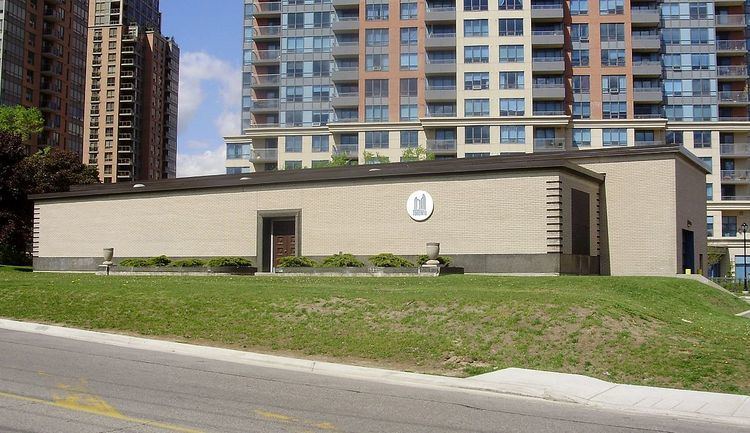 | ||
Toronto Water was created following the 1998 amalgamation of Metropolitan Toronto to run and maintain Toronto's water supply network.
Contents
History
Water treatment was originally established to provide safe drinking water. In the 19th century, the water off the city's shores was severely polluted by dumping of waste from residences and businesses.
Early Toronto Water Supply
Before 1842, Toronto's water supply was manually pumped from Lake Ontario, streams and wells.
Water carters would take the water and distribute it to customers across the city.
Private Water Supply: Toronto/Furniss Water Works
From 1843 to 1873 water was privately provided by Furniss Works or Toronto Water Works, a subsidiary of Toronto Gas Light and Water Company, which was owned by Montreal businessman Albert Furniss.
Following Furniss's death in 1872, the City of Toronto bought out Furniss Works and transformed the water supply to public hands under the Toronto Water Works Commission.
Suburban Water
Outside of the former City of Toronto each of the former municipalities had their own treatment plants and pumping stations:
Prior to the 1950s, the municipalities were responsible for water treatment and water came from local water sources like wells and streams.
From Metro Toronto Public Works to Toronto Water
The current system was introduced in the mid-1950s with the formation of Metro Toronto in 1954 and was managed by Metro Toronto. Following amalgamation in 1998, Toronto Water was created from the Toronto Works and Emergency Services and once part of Metro Toronto Works department. Since 1975, Toronto has supplied water to York Region (mostly to residents in the south end of York).
Treatment
Water pumped from Lake Ontario is treated via conventional drinking water treatment processes:
- Pre-Chlorination
- Flocculation and Sedimentation
- Filtration
- Chlorination
- Chloramination, prior to distribution
The City of Toronto uses four water treatment plants:
Distribution
The drinking water distribution system operated by Toronto Water comprises 6 pressure zones and approximately 520 km of watermains (greater than 150 mm in diameter)
Pumping stations are located across the city to pump water from the filtration plants to residences. They are particularly critical since the city gains in elevation as it moves northwards away from Lake Ontario. Some pumping stations are located outside the city.
There are two pumping stations located outside of the city limits and part of the water service provided to York Region by Toronto:
Storage
Toronto water stores water in three formats:
Water in the city is stored once it is treated, ensuring uninterrupted water supply.
There are 5 water towers located in the city and 1 outside the city. They are mainly located in areas that cannot accommodate underground reservoirs due to space restrictions.
There are 10 underground reservoirs across Toronto and in Markham:
There are in-plant temporary storage tanks storing water as well:
Wastewater treatment
The city of Toronto has four facilities that process wastewater before it is returned to the lake.
Organization
As of April 2005, the departments and commissioners were replaced by divisions under the City Manager (and Deputy Managers):
Toronto Water is now under Toronto Water Division.
